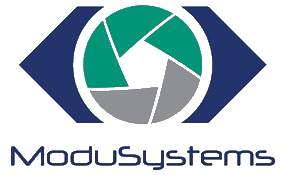
Purpose
In order to organize a solution to a problem it is necessary to express a strategy. Control structures enable the creation of strategies.
Control Structure Principles
The language supports several of the familiar Pascal style control structures. Control structures are used to conditionally execute certain instructions or to accomplish repeated execution of certain instructions (iteration) with criteria to determine when the iteration is completed.
Most control structures use the notion of a conditional expression. Conditional expressions, when evaluated, will produce either a true/ false or yes/no type of answer. If this condition is true the program behaves one way. If the condition is false it behaves another. The following are examples of conditional expressions:
XAxis.ActualPosition > 2000 InputBit(1) NumberOfPartsMade >= NumberOfPartsRequiredConditional expressions often involve the following comparison operators:
< less than > greater than <= less than or equal to >= greater than or equal to <> not equal to = equal toThe basic logical operators AND, OR, XOR, and NOT are supported as well as compound conditional expressions.
RequiredPartsCompleted and NoNewBuildsRequested not XAxis.MoveHasCompleted UserAbort or SystemProblemThe following statement style is also legal in a conditional expression:
(XAxis.ActualPosition > 2000) and (YAxis.ActualPosition < 1000)This would need to be broken up into separate statements. A discussion of control structures now follows. Note also that the expressions do not need to be in parenthesis unless it is needed, as above, to express precedence.